Quick Summary
A lot has happened this week as it is my first week. To begin, I had my flight to the Philippines which was a 32-hour trip with a layover in Istanbul. During my layover, I went on a boat tour of the city and saw the incredible architecture Istanbul has to offer. When I arrived in the Philippines it was night and we drove from Manila, where the airport was, to Los Baños, the location of my internship. The next day, after a very long night of sleep, we had an orientation where all the interns in the Philippines were present. We went to a restaurant following the orientation where we not only got to try out traditional Filipino dishes but also a few words in Tagalog we learned earlier that day. The following day the Students at IRRI had an orientation for the institute and I was able to meet my lab supervisor, Dr. Kim. The next day was when I started my research. While I am here, I have been given the task to validate InDel Markers, a genetic tool that can be used to aid in the identification of certain genes that could play vital roles in the sustainability of rice as a crop.
Social Aspect
Socially, everyone that I have met has been extremely welcoming. From the lab, to IRRI staff, to others I have met the environment is very welcoming. Me and some of my lab colleagues went and got Jollibee this week, the fast food staple of the Philippines. Think of KFC, Mcdonald’s, and pasta all in one. That’s Jollibee in a nutshell. The Freeman interns at IRRI have also gone out as a group a couple of times trying the local foods and venturing around town. The local dishes have been excellent. Our lab has “mandatory snack times” where I get to try snacks from everybody’s home countries (which I think is extremely cool). Stay tuned for the Balut taste test (feel free to search Balut if interested).
Research
As stated above, I will be validating InDel Markers which allows for the discrimination of wild rice species and cultivated species alleles. Specifically, I will be working with the CC genome. I will utilize PCR and gel electrophoresis to analyze and validate the markers. Wild species of rice have survived for millions of years, many times in suboptimal conditions. Many of these wild rice species not only contain genes that provide resistance to biotic and abiotic pressures, but also they contain certain genes which improve yields. On the first day we tested two markers, the main goal was to familiarize me with the procedures for DNA extraction (which is done by retrieving rice leaves in a greenhouse that may be the warmest air I have ever breathed), PCR amplification, gel preparation, and gel electrophoresis. Sadly, something was wrong with either the buffer or the dNTPs used for the PCR mix on the first day, and the whole lab except one get not get gel results. On the second day, we switched out the buffer and dNTPs and got a great result in the gel. This would not have been possible without the guidance of Ate Pat, the master’s student who allowed me to dive into the research on the first day I was in lab and taught me the ropes. While my project is not to identify specific alleles to utilize in cultivated species, having this “reservoir” of InDel markers will allow other labs to easily access and utilize genes from wild rice species which likely will result in profound improvements in rice crop sustainability and nutrient makeup.
-This paper published out of the same lab I am working in is where I learned many of the statements made in the previous paragraph and can provide a more in-depth explanation of the lab objectives as a whole.
–https://www.nature.com/articles/s41598-021-88533-9
Photos
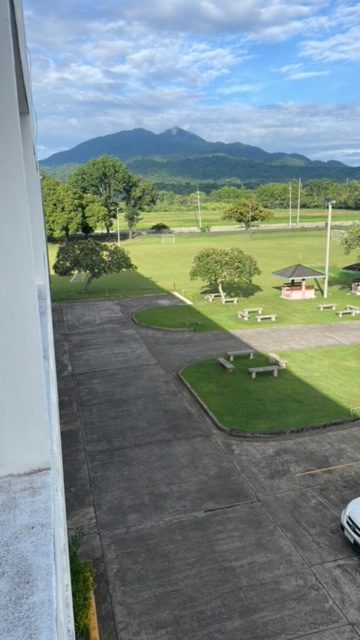

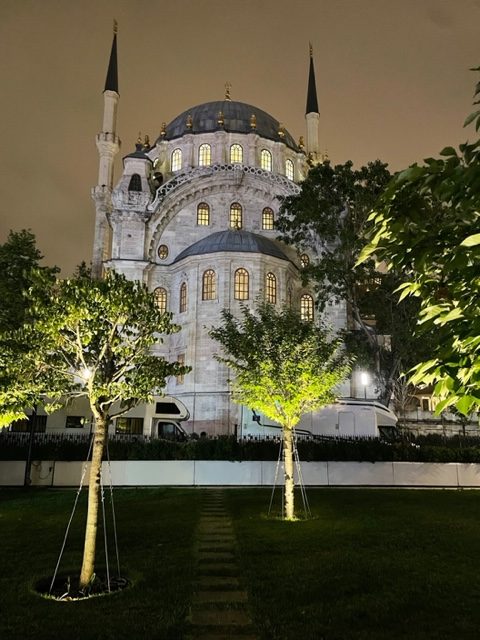
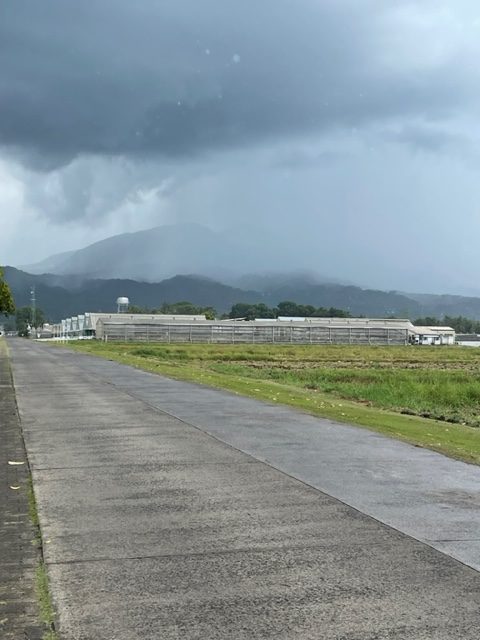
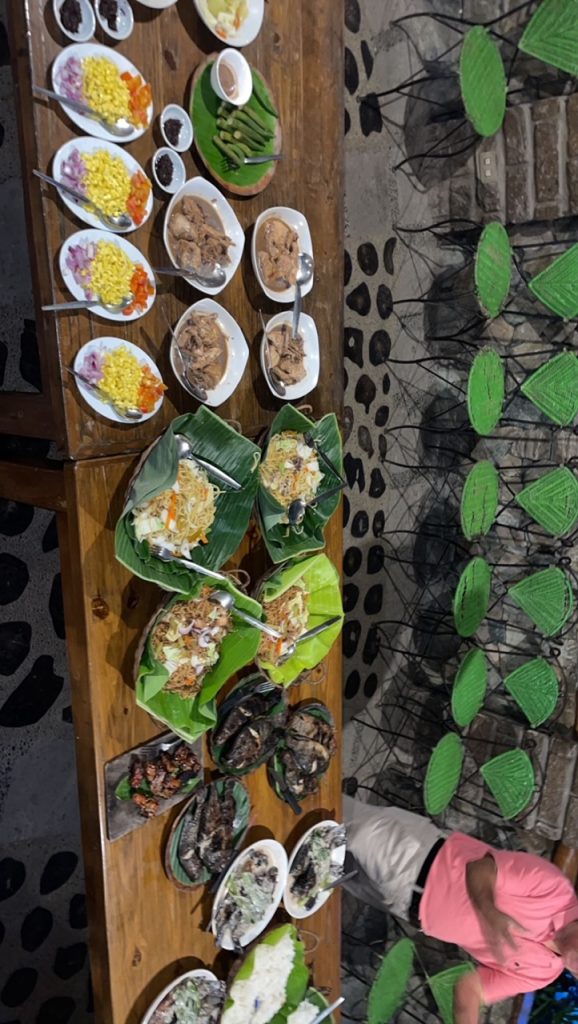
Some Traditional Filipino dishes we tried after our orientation

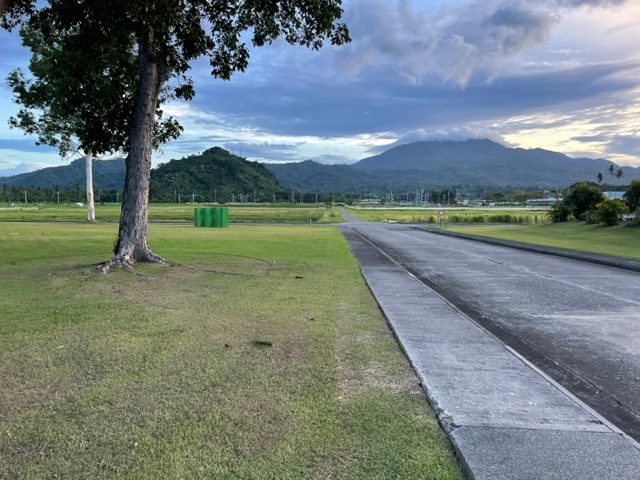
The view from IRRI

IRRI group went out to eat
